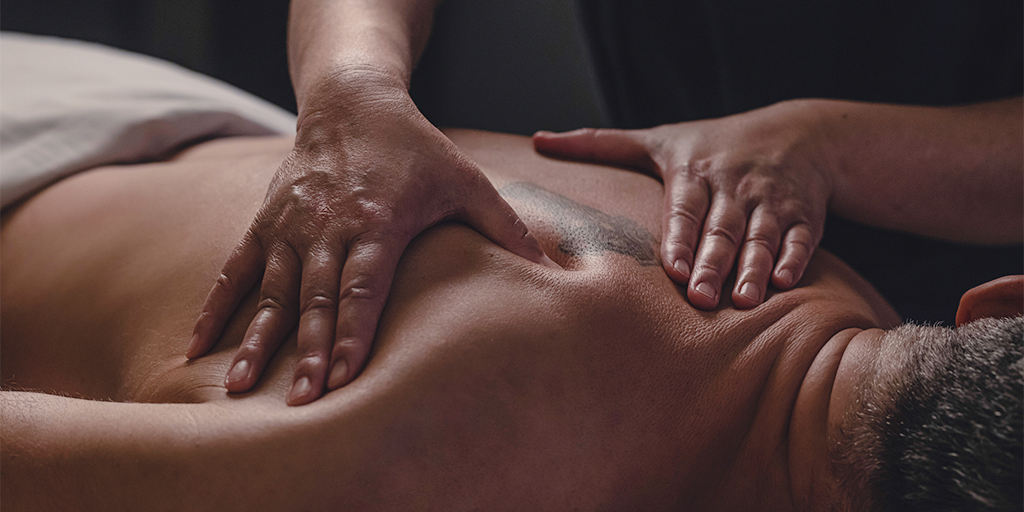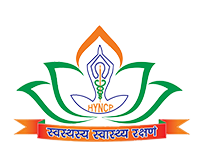
Hydrotherapy
Masso Therapy is a therapeutic treatment that is designed to improve medical conditions through massages. Being one of the ancient treatments of the world, it is a therapy that involves manual manipulation of the soft tissues including tapping, shaking, stroking, kneading, pressing, and so on. It intends to enhance local circulation, reduce pain, and boost relaxation. The word ‘Massage’ is derived from the Greek word ‘massier’ which means to knead, in French it means ‘friction of kneading’, or in Arabic, it means ‘to touch, feel, or handle’ or in Latin, it refers to ‘mass, dough’.
Renowned for its holistic approach, it has many varied forms which have so many positive benefits and can heal the individual in different ways. Massage is the most significant branch of Naturopathy having eight different recognized massage types. It aims to improve blood circulation and nurture bodily organs. In the winter season, sunbath after massage therapy is a popular practice in order to preserve health and strength. Massage therapy is a substitute for exercise and for certain medical conditions, necessary therapeutic effects can be obtained through certain techniques of massages.
To bring the best outcomes through Massage therapy, various oils are used as lubricants such as mustard oil, sesame oil, olive oil, aroma oil, coconut oil, and so on. There are seven fundamentals modes which are used in massage- Touch, effleurage (stroking), friction (rubbing), vibration (shaking or trembling), tapotement (percussion), petrissage (kneading), and joint movement. Some types of massage therapy are helpful in most ailments are Vibratory massage, Water massage, and Dry massage. Powder of neem leaves and rose petals are also used as lubricants for massages.
Physiological effects of massage
Reflex effects
- Increase or decrease in muscle tone
- Vasodilation of arteries
- Soothing or stimulating effect on muscles
- Increases activity of the organs in the abdominal cavity
- Increases efficiency of the immune system
- Triggers the relaxation response
- Stimulates the heart, increases strength and rate of contraction
- Stimulation of peristalsis (aids in digestion)
Mechanical effects
- Increased lymphatic flow, Lymphatic drainage
- Breakdown of fibrosis/adhesions
- Stretch to shortened muscles/loosens muscle fibers
- Increased range of Motion
- Increased venous return
- Circulatory efficiency
- Restoration of proper joint mechanics/biomechanics
- Increased muscle temperature
- Stretches scar tissue
- Elimination of muscle imbalances
- Strengthen weakened muscles
- Decreased muscle tone/increased muscle tone
- Loosening of mucous (respiratory system)
Benefits
Massage deals with all parts of the body and is advantageous in many ways. Apart from toning the nervous system, it also influences the respiratory system and plays an important role in the elimination of poisons from the body through the various organs such as lungs, kidneys, and bowels. It also augments the level of blood circulation and metabolic processes. Massage acts as a boon in removing the facial wrinkles, helping to fill out hollow cheeks and neck and also eases stiffness.
Peer-reviewed medical research has shown that massage therapy holds some great benefits such as relief in pain and depression, reduces blood pressure, heart rate, and anxiety. Massage therapy also stresses the theory where blocking gate control theory activates the parasympathetic nervous system which further stimulates the release of endorphins and serotonin, prevents the fibrosis or scar tissue, boosts the flow of lymph, and enhances sleep. It is important to note that such effects are supported by well-designed clinical studies. Whether it is Deep Tissue Massage, which is purely based on alleviating myofascial (connective tissue) restrictions deeper within the body or Sports Massage where certain techniques are being used to reduce the risk of injury and eradicate inflammation; all the types of massage therapies work effectively on targeted parts of the body.
